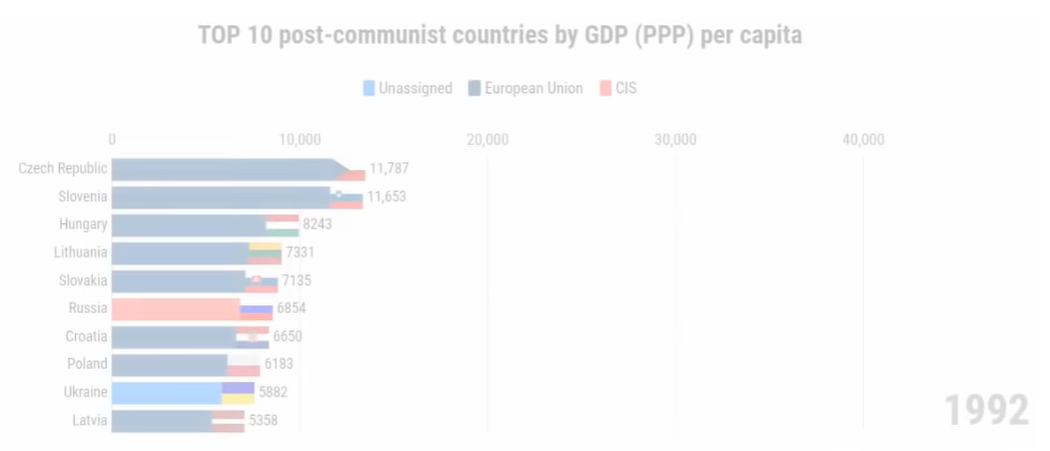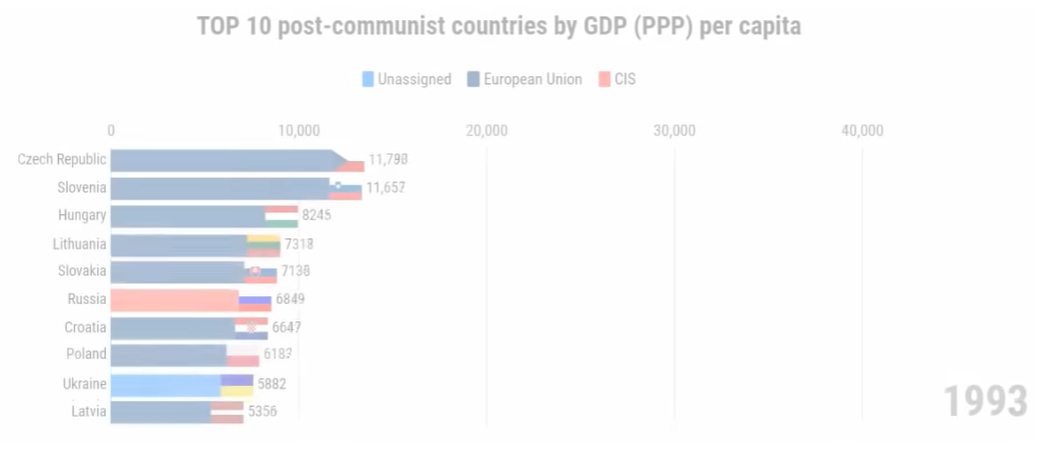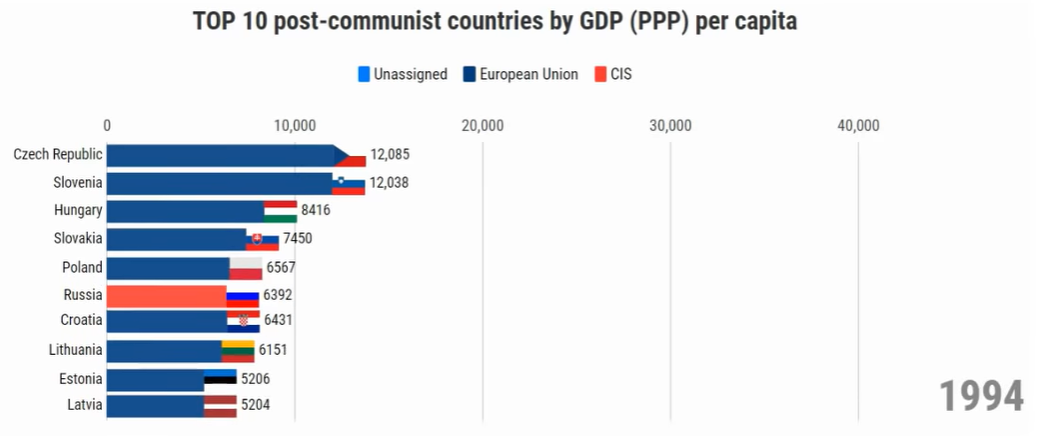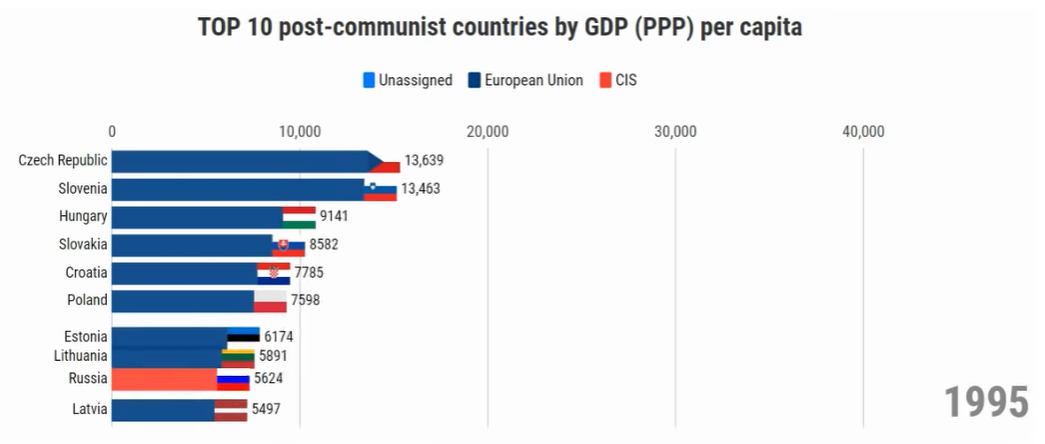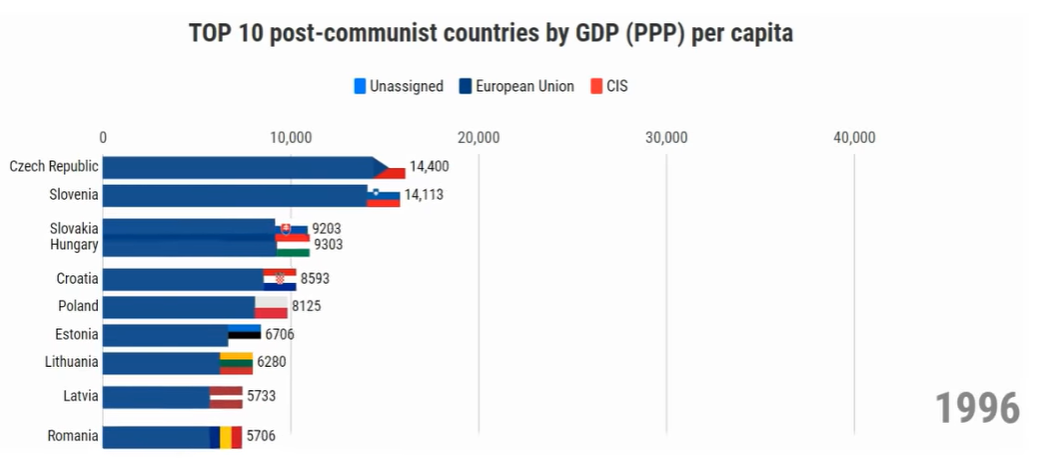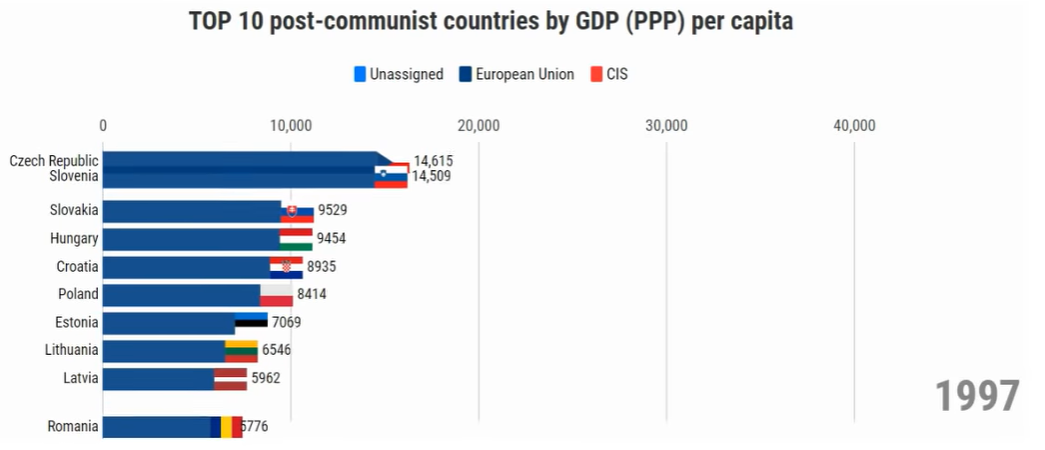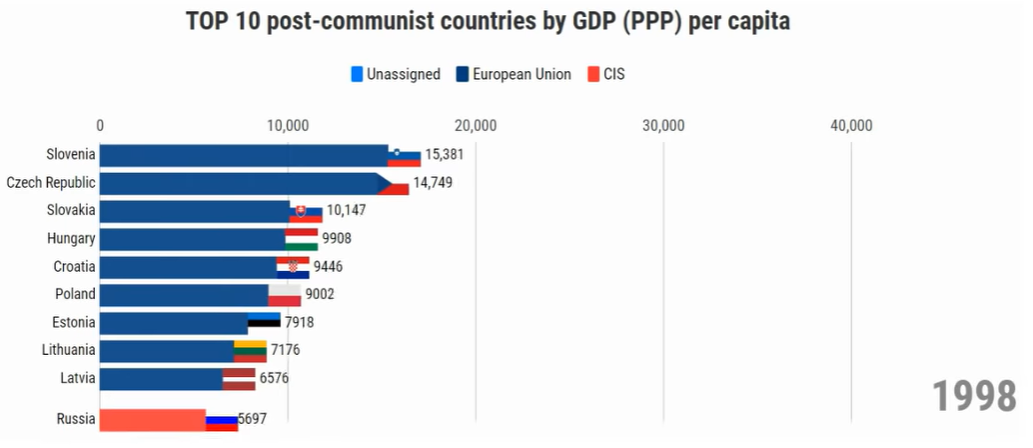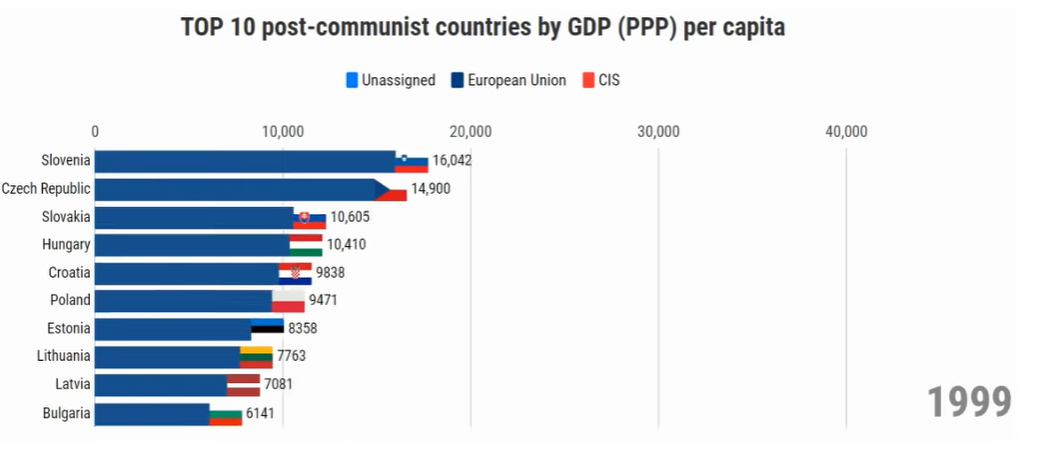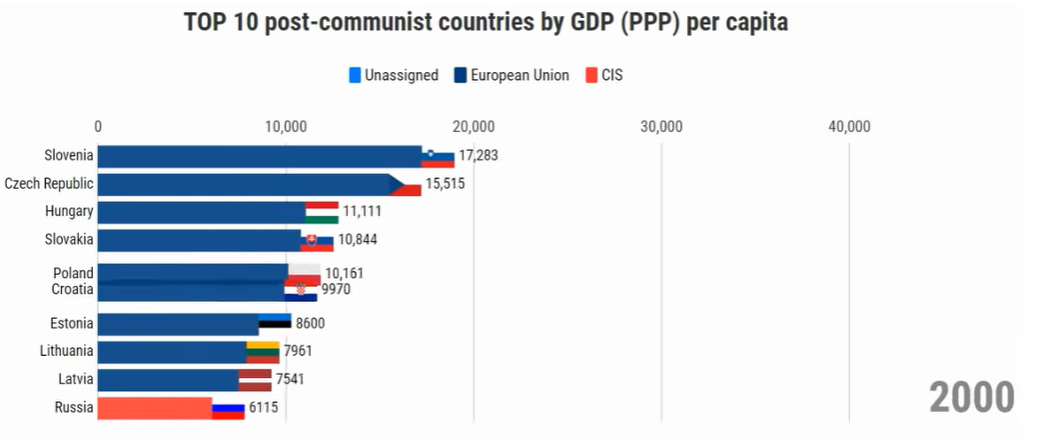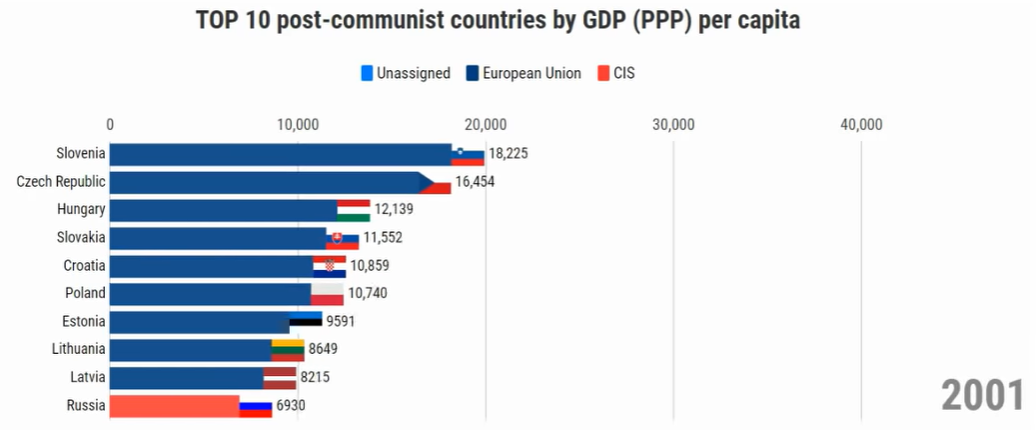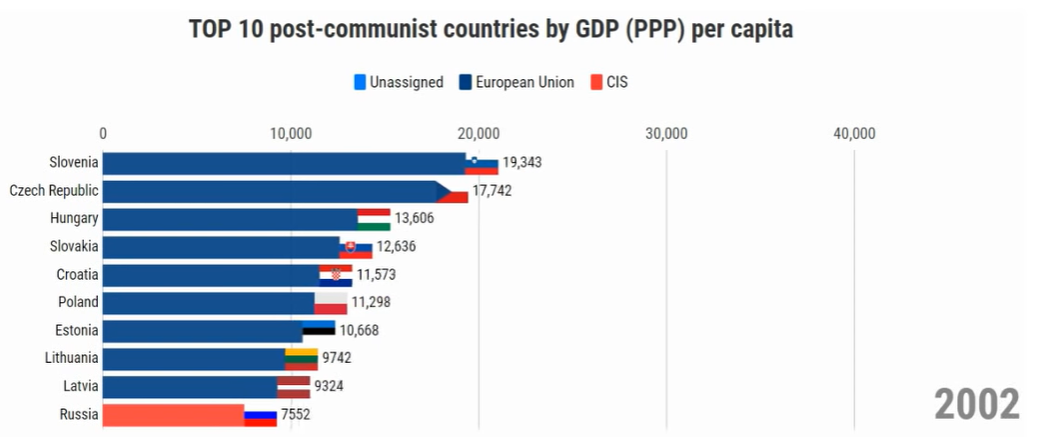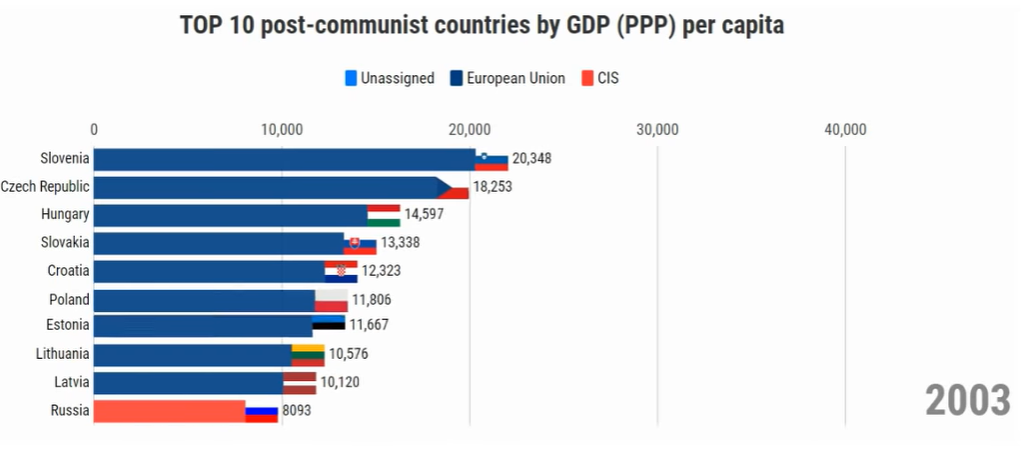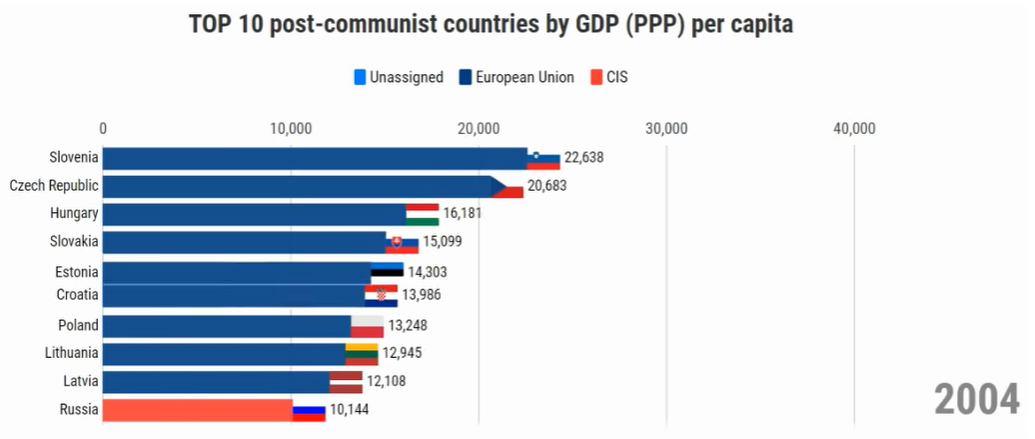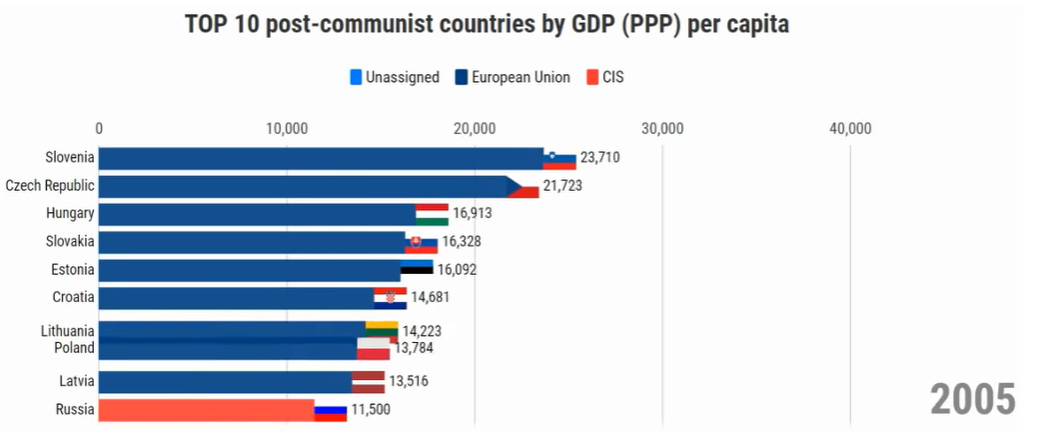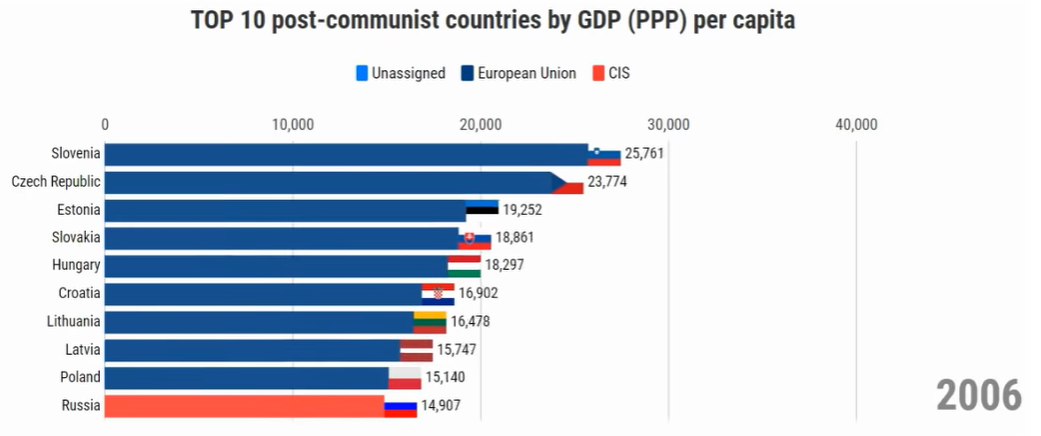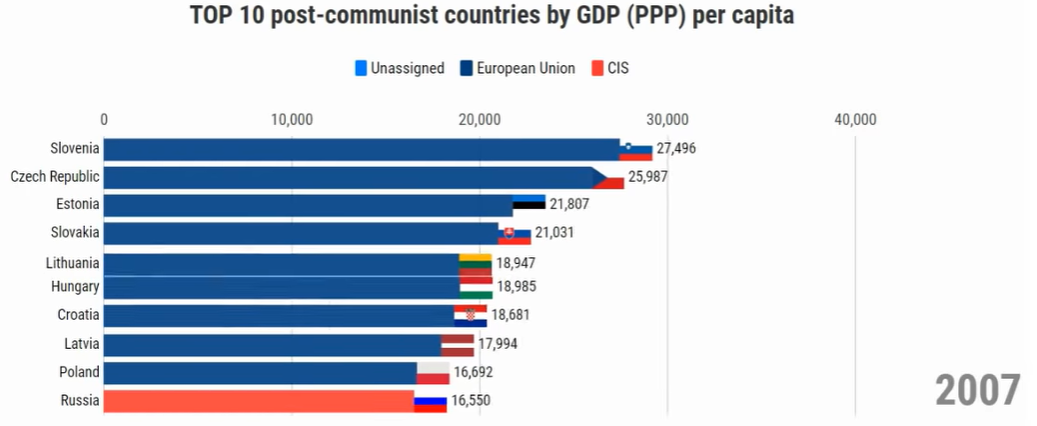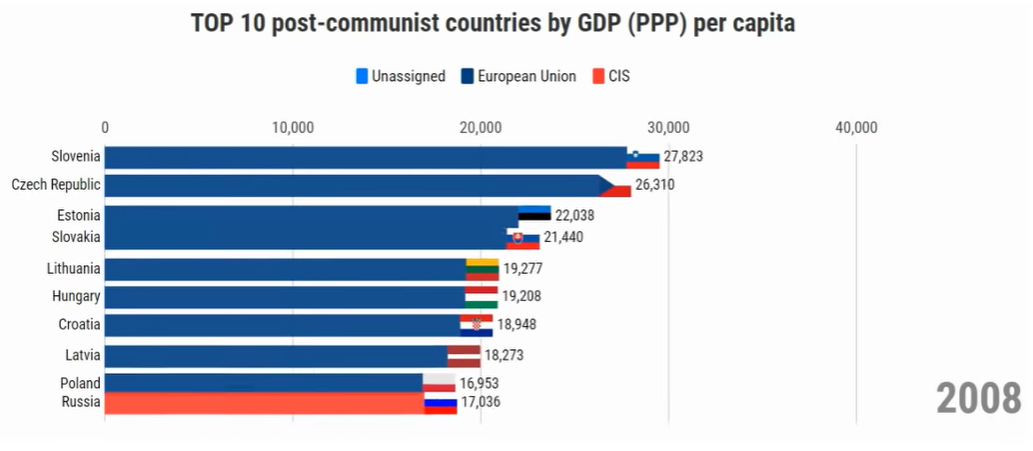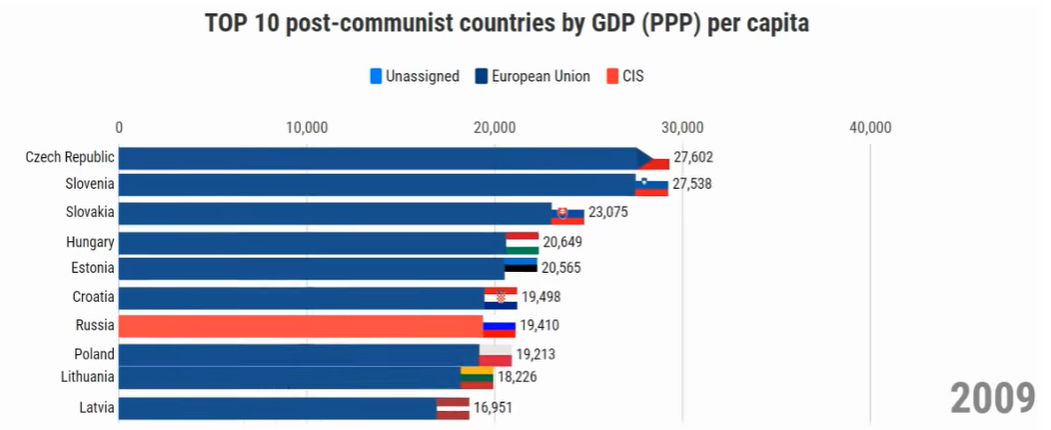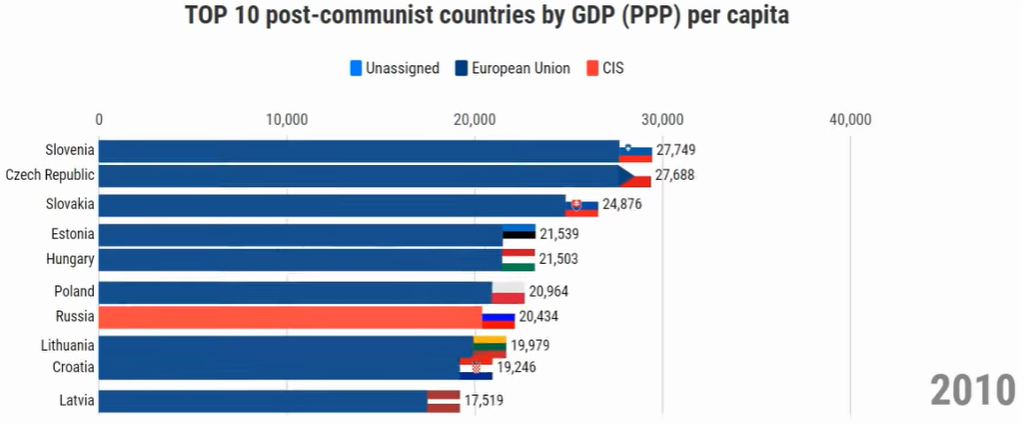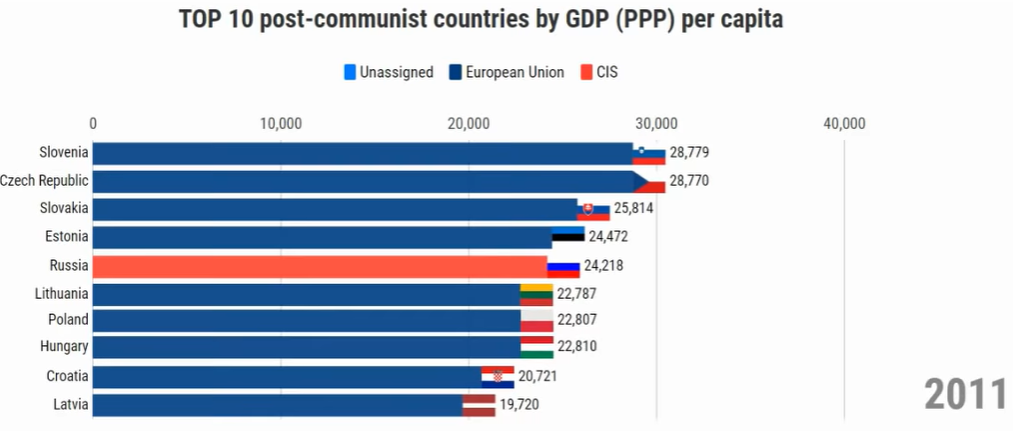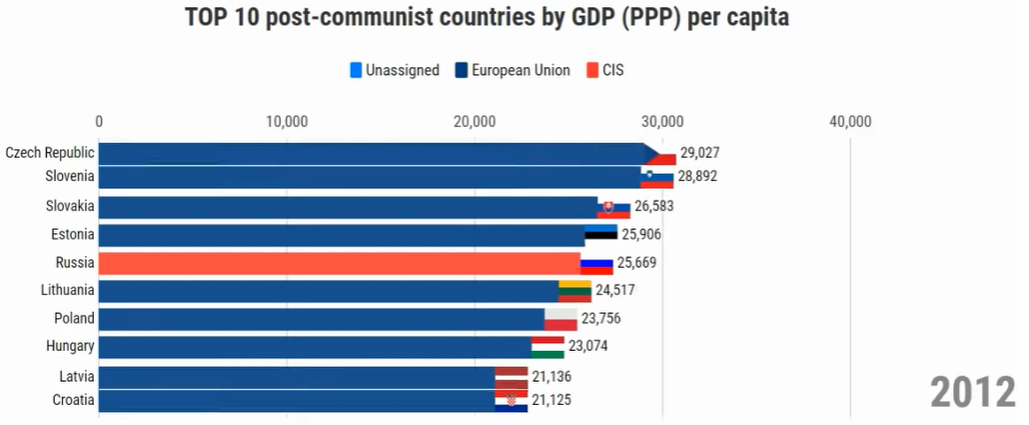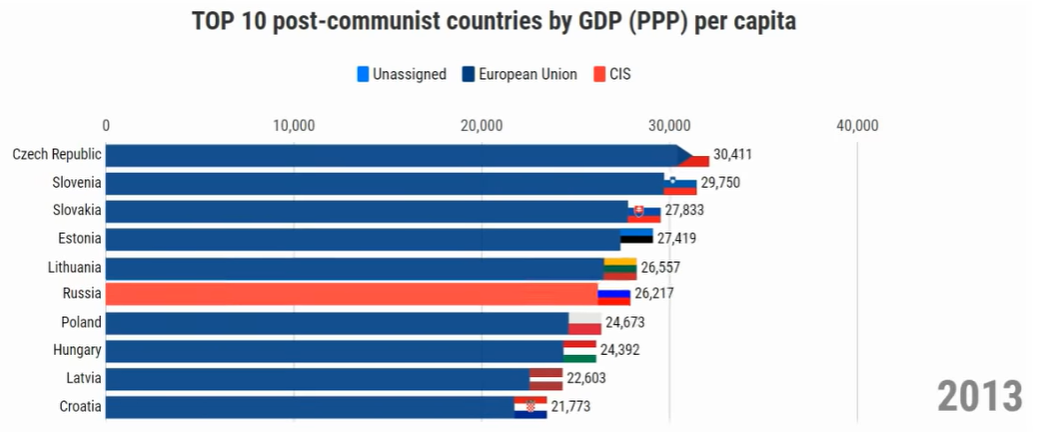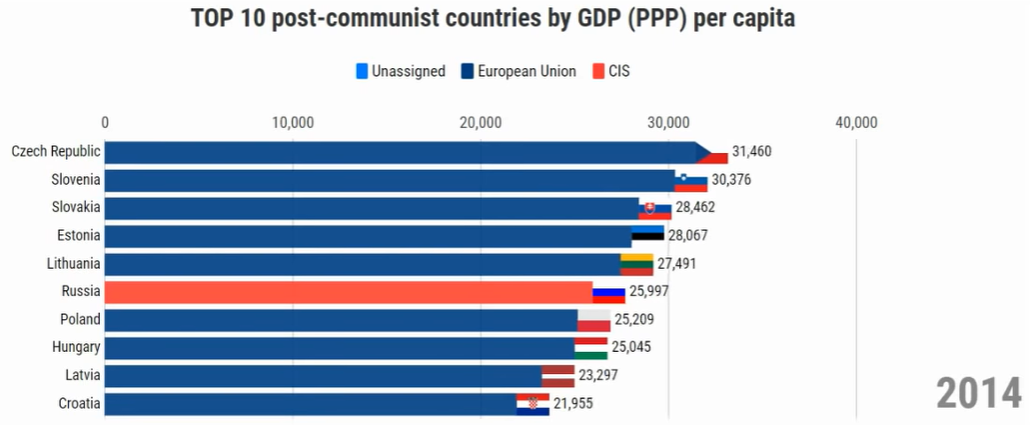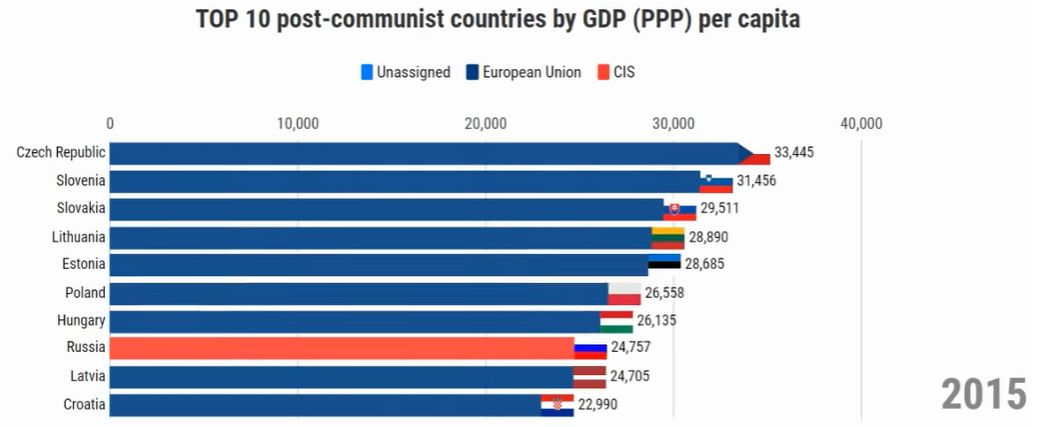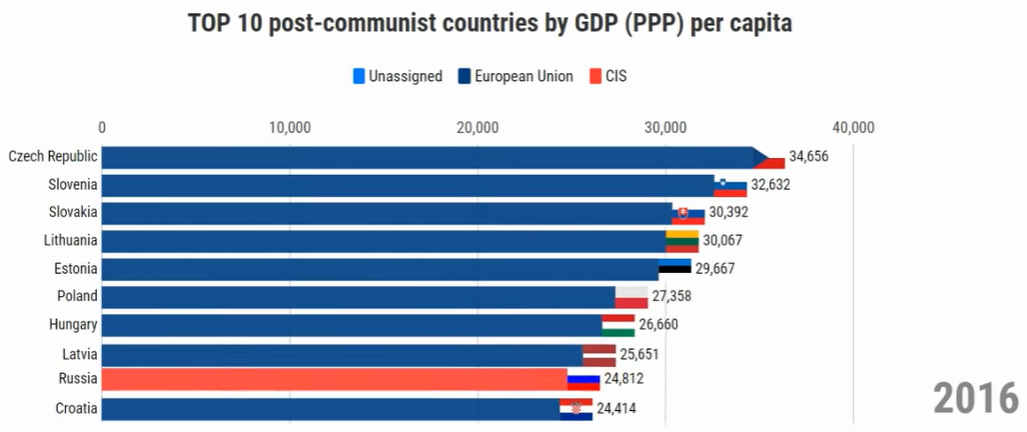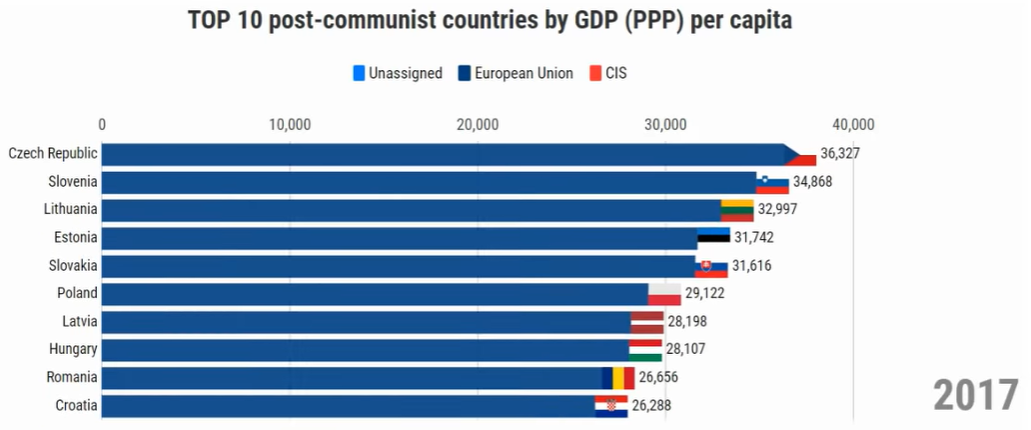EC Revises Upwards Growth Predictions for Croatia
ZAGREB, February 13, 2020 - The European Commission on Thursday stated that Croatia's real GDP growth "is estimated to have risen to 3.0% in 2019", as against the previous forecasts of 2.9%, assessing that in 2020, the economy will grow at a rate of 2.6% and in 2021 at 2.3%.
"After a weak 2018, real GDP growth in Croatia is estimated to have risen to 3.0% in 2019," the EC says in its latest Winter 2020 Economic Forecast.
"Domestic demand strengthened, driven by a noticeable pick-up in investment and government consumption expenditure, while continued improvements in the labour market and low inflation underpinned private consumption," reads the report issued on Thursday.
"Even though exports rebounded sharply, their growth was outpaced by imports.
"Economic growth is expected to moderate as GDP is forecast to expand by 2.6% and 2.3% in 2020 and 2021, respectively," reads the latest report and while the previous economic forecast by the EC, issued on 7 November 2019, estimated that Croatia's economy is likely to expand at the same rate of 2.6% in 2020 and at the rate of 2.4% in 2021.
The EC expects domestic demand to remain the main driver of growth in both years.
"Household consumption growth is expected to inch down but remain supported by rising real disposable incomes as unemployment, already at record low levels, is expected to further decline," says the EC.
"Investment growth is expected to remain strong, supported by a growing volume of maturing EU-funded projects from the 2014-2020 programming period.
"Export growth is set to moderate, in line with lower growth in Croatia’s main trading partners, trade uncertainties and the limited scope for further growth in the tourism sector. Import growth should be underpinned by still strong domestic demand but is Expected to decline in both 2020 and 2021.
"After improving in 2019, the contribution of net exports to growth is expected to deteriorate in 2020 before stabilising in 2021,” reads the Croatia report from the latest Economic Forecast.
"The HICP inflation rate halved in 2019 compared to 2018, due to negative inflation for unprocessed food price, resulting from changes in the applicable VAT rate. With the VAT change effect dissipating, wage pressures in the labour market and strong domestic demand are expected to fuel a pick-up in inflation in both 2020 and 2021, despite the assumed decline in energy prices Core inflation is thus expected to increase even more. Inflation is forecast at 1.5% and 1.7% in 2020 and 2021 respectively," the EC concluded.
More economy news can be found in the Business section.
HNB: Croatia's Real GDP Growth Slows in Q4 2019
ZAGREB, February 13, 2020 - The available monthly indicators suggest that Croatia's real GDP growth slowed in the fourth quarter of 2019, while the labour market continued to see favourable trends, including increased employment and wages and a fall in unemployment, the Croatian National Bank (HNB) Council said a statement on Wednesday.
The HNB Council met to discuss the latest monetary and economic trends and analyse the financial stability of the banking system in the last quarter of 2019.
Inflation picked up from 0.7% in November to 1.4% in December, mostly due to food prices, notably a strong increase in pork prices, and oil prices.
Financing costs mainly continued to decrease as a result of the accommodative monetary policy.
The annual rise in bank loans accelerated to 4.2% at the end of 2019 on the back of the rise in household and corporate loans. At the same time, the annual rise in loans to non-financial companies was mostly due to the fading of the negative effect of the activation of state guarantees for shipyards in late 2018.
The available fiscal data for the third quarter of 2019 indicate a continuation of favourable trends in public finance as budget revenues grew faster than expenditures, the statement said.
More news about Croatian economy can be found in the Business section.
Erste Bank: Croatia's GDP Growth to Slow Down to 2.5% in 2020
ZAGREB, December 21, 2019 - Erste Bank estimates that Croatia's GDP growth in 2020 will slow down to 2.5% compared to the 3% forecast for this year, it was said on Friday during a Christmas function for the bank's executives and the media.
Chief analyst at Erste Bank Alen Kovač said that personal consumption and investments were the main generators of growth in 2019 and that investments were supported by better absorption of European Union funds. Kovac expects that these two segments will once again be the main contributors to growth in 2020 and that a relatively strong growth in investments, once again supported by EU funds, would compensate for the potentially unfavourable economic situation abroad next year, which could mean negative risks for Croatian exports.
Those risks are primarily related to Brexit, the potential further deterioration of trade relations between the major powers, and the level of growth in Germany and Italy. Personal consumption and its contribution should remain relatively stable and strong, and that should be supported by positive aspects in the area of disposable income, consumer confidence, the labour market and increased wages in the public sector, Kovač said.
Risks related to the estimated growth rate of 2.5% in 2020 are relatively balanced and investments represent a positive risk, while the global surroundings are a negative risk," Kovač underlined.
He added that growth climaxed in central and eastern Europe in 2018 while it slowed down in the majority of countries in 2019. Croatia is among that group of countries where a mild acceleration occurred, which is a positive exception.
More economic news can be found in the Business section.
GDP Growth Expected to Slow to 2.5% in 2020
ZAGREB, December 19, 2019 - Croatia's economic growth is expected to slow down to 2.5% in 2020, from the medium forecast of GDP growth 2.9% in 2019, a survey conducted by the Croatian Banking Association (HUB) showed on Thursday.
The expected slowdown is due to external factors and internal weaknesses, such as the lack of reforms, investment barriers, an inefficient state sector and unfavourable demographics, members of the HUB Club of Chief Economists said in the survey.
Kuna exchange rates are expected to remain the same as in late 2019, while public debt should continue decreasing approximately at the same rate as this year. Interest rates are expected to remain low.
Projections by the chief economists of four leading Croatian banks are in line with those of the International Monetary Fund and the European Commission. The IMF expects the Croatian economy to rise by 3% in 2019 and by 2.7% in 2020, while the EC has forecast Croatia's growth at 2.9% in 2019 and 2.6% in 2020.
Those interviewed projected the public debt to GDP ratio at 72% this year, down from 74% in 2018, but slightly higher than the government's forecast of 71%, HUB said.
More economy news can be found in the Business section.
Croatian Economy Expected to Grow by 3% in 2019
ZAGREB, December 16, 2019 - Croatia's economy is expected to grow by 3% in 2019 and slow down to 2.8% in 2020, while favourable labour market trends are expected to continue, the Croatian National Bank (HNB) said on Monday.
Inflation is projected at 0.8% in 2019, due to a reduction of VAT on certain products and a fall in oil prices, while in 2020 it is expected to pick up to 1.4% as a result of increased food prices and higher excise taxes.
The HNB forecasts a higher current account and capital account surplus than last year, thanks to increased exports, stronger absorption of EU funds and a rise in revenues from remittances, while next year a lower surplus is expected.
Foreign debt indicators should continue to improve in 2020.
In such a macroeconomic environment the HNB intends to continue an expansionary monetary policy, supporting the high liquidity of the monetary system, while at the same time keeping the nominal kuna-euro exchange rate stable.
After running a surplus in 2018, the general government budget is expected to show a deficit of 0.1% of GDP in 2019 and a surplus of 0.2% in 2020. General government debt is likely to continue to shrink in accordance with fiscal rules, the HNB said.
More economic news can be found in the Business section.
Top 10 Post-Communist Countries by GDP Year by Year (1992-2017)
December 10, 2019 - How have the economies of Eastern and Central Europe been growing since the collapse of Communism? An interesting GDP per capita comparison year by year from 1992 to 2017.
The fall of the Berlin wall and all that followed brought immense change to Eastern and Central Europe, with some countries adapting better than others, some affected by war, others embracing the digital age. A very interesting video timeline of how those economies have fared from 1992 to 2007 was covered by Index today in this great video below.
Another way to look at the data, in much slower time, is year by year, chart by chart, to see how Croatia has fared with neighbouring countries in terms of GDP per capita from 1992 to 2017. No need for words or commentary from me - information about the data from Lionwork Statistics is at the bottom of the article.
About the data (from Lionwork Statistics YouTube post):
Which post-communist economy performed the best during the last 25 years? What statistical data tells us about the journey of these young democracies. Let's see and discuss.
CAUTION:
1. There were no data available for Slovenia, Croatia, Latvia, Lithuania, and Estonia until 1995. In these cases, the average growth rate of the nearest region was used to calculate the estimated value. In the case of Estonia, data are shown from 1993, since no similar region is present due to geographical placement.
2. The comparison includes Albania, North Macedonia, Montenegro, Serbia, Bosnia and Herzegovina Slovenia, Lithuania, Latvia, Estonia, Hungary, Slovakia, Czech Republic, Poland, Croatia, Bulgaria, Romania, Moldova, Belarus, Russia, and Ukraine. Some never made it to the Top 10 during the time period.
3. GDP (PPP) is a measure which consists of crude income compared to prices of goods in countries or regions. Value widely represents the economic position of individuals and is usually considered as a pretty accurate statistic. Numbers may vary from one source to another based on a methodical approach to the collection of data.
4. Numbers present are the average of all individuals including children, students, unemployed and retired expressed in international USD value to date (19.04.2019).
Croatia's GDP Growth Accelerates to 2.9% in Q3
ZAGREB, November 27, 2019 - In the third quarter of 2019, the Croatian economy grew by 2.9% on the year, a somewhat faster growth compared to the second quarter when GDP increased by 2.4%. The Croatian Bureau of Statistics (DZS) on Wednesday released its initial estimate according to which Gross Domestic Product (GDP) in the third quarter increased by 2.9% on the year.
That is the 21st quarter in a row that Croatia's GDP has grown.
The biggest positive contribution to GDP in Q3 came from a growth in the export of commodities and services, and household consumption, DZS reported.
Household consumption increased 3.3% in Q3 year-on-year and 2.7% compared to the second quarter.
The export of commodities and services increased by 4.7% in Q3, Y-o-Y and by 3.3% Q-o-Q. The export of commodities jumped by 7.1% while services exports increased 3.1%.
The import of commodities and services also increased on the year (+1.1%), significantly slower than in the preceding quarter when it jumped by 8.3%. The import of commodities increased by 0.9% while imported services increased by 1.8%.
The growth of gross investments in fixed capital increased by 5% in Q3 on the year, which was slower than in Q2 when it increased by 8.2%.
Government consumption also increased in Q3 (+2.9%) compared to the same quarter last year, which is a slower growth than in the second quarter (+3.9%).
In Q3 2019, according to seasonally adjusted data, Croatia's GDP grew by 0.8% from Q2 and 2.8% from Q3 2018.
That is a higher growth than the EU average. Recently, the Eurostat statistical office reported that the EU economy grew by 1.3% in Q3 on the year and 0.3% on the quarter.
More news about GDP growth can be found in the Business section.
Central Bank: GDP Growth Picks Up in Third Quarter
ZAGREB, November 14, 2019 - Croatia's real GDP growth picked up in the third quarter of 2019, the Croatian National Bank (HNB) said in a statement from a meeting of the HNB Council on Thursday.
The HNB Council discussed a report on the latest economic and monetary trends and adopted a semi-annual report on the financial situation, the degree of price stability and the implementation of monetary policy in the first half of 2019.
According to available monthly indicators, real GDP growth accelerated in the third quarter of 2019. Following stagnation in the second quarter, unemployment continued to decrease, while employment growth slowed. In the third quarter, nominal wage growth picked up slightly, with wages in the public and private sectors increasing, the central bank said.
The annual consumer price inflation rate in September remained at August's level, at 0.8%.
Financing costs mainly continued to decrease, also thanks to the accommodative monetary policy stance. The annual rise in bank lending slowed to 3% at the end of September as a result of a decrease in corporate lending.
In the second quarter of 2019, the general government budget ran a surplus of slightly under 2.5 billion kuna, an increase of 200 million kuna compared with the same period in 2018. The strong revenue growth, backed by the favourable effect of growth in personal consumption and imports as as well as the greater use of EU funding, was offset by roughly equal growth in expenditure, the HNB said.
More news about Croatian economy can be found in the Business section.
European Commission Revises Down Croatia's Growth Outlook
ZAGREB, November 7, 2019 - The European Commission on Thursday mildly revised down Croatia's growth outlook from the initial 3.1% to 2.9% in 2019, due to a slower growth rate in the country's main trading partners, and in the next two years, the EC expects investments to robustly rise in Croatia, alongside a record low employment rate and a declining public debt.
"As growth in Croatia’s main trading partners moderates, domestic demand will remain the main driver of economic activity," the EC says in its latest document called "European Economic Forecast for 2019, 2020 and 2021".
"Household consumption remains strong, driven by growing employment and wages as well as low inflation. Investment is set to continue growing strongly, backed by EU funds, and government consumption is also expected to support growth. The economy should continue adding jobs, but at a slower pace as labour shortages appear in some sectors," reads the document's section on Croatia.
The Commission also expects Croatia's the debt ratio "to continue declining steadily as the general government balance turns from mildly positive to neutral."
In 2020, Croatia's growth is set to rise at a rate of 2.6% and in 2021 by 2.4%.
In the previous document, the growth was projected at 2.7% both in 2020 and 2021.
The investment growth is projected at robust 8.8%, whereas in 2018, it was 4.1%. In 2020 the investment growth rate is projected at 7.5% and in 2021 at the rate of 7.2%.
"Driven by the rising uptake of EU funds by both the public and private sectors, investment growth is expected to record growth rates above those observed since 2015 throughout the forecast period. Furthermore, favourable financing conditions should remain supportive of private investment."
The Commission notes that economic activity in Croatia regained momentum in the first half of 2019, after a weaker-than-expected performance towards the end of 2018.
"Real GDP rose sharply in the first quarter, by 1.5% quarter-on-quarter, followed by more moderate growth in the second quarter, at 0.2%. Based on high frequency indicators, growth is expected to remain moderate in the second half of the year, bringing the forecast for 2019 to 2.9%.
Domestic demand is driven by strong household consumption and is supported by public consumption and investment, which benefits from increasing use of EU funding. Despite a recovery in exports, net exports are set to negatively contribute to growth due to the strong performance of imports.
"Throughout the 2019-2021 period, domestic demand is forecast to remain the main driver of GDP growth. Ongoing improvements in the labour market, rising wages and low inflation will continue to drive household consumption. A stronger contribution from public consumption is expected, driven by rising intermediate consumption and increasing public sector wages."
The Commission also projects that overall, Croatia's trade balance is expected to deteriorate throughout the forecast period and the current account balance is expected to gradually decrease to 0.3% of GDP by 2021.
"In 2019, the general government balance is expected to remain in surplus for the third year in a row," says the Commission.
"Revenues are performing strongly in spite of tax cuts, which particularly affected revenue from VAT and social contributions. Expenditure grows primarily due to wage hikes in the public sector, investment and intermediate consumption.
"In 2020-2021, tax revenue is expected to grow at a slower pace than nominal GDP, due to further tax cuts. EU funds are projected to continue supporting revenues as the programming period enters its most mature stage."
"Expenditure growth should continue in 2020 and moderate somewhat in 2021, largely due to the strong base effect of the rising wage bill, investment and capital transfers in 2018-2019. Additional savings are expected in interest payments, most notably in 2020, as a sizable portion of maturing debt is refinanced at lower rates."
The Commission expects Croatia's budget to remain balanced. "In structural terms, the general government deficit is expected to increase from 0.3% of GDP in 2018 to 1% of GDP in 2020 and decrease slightly in 2021. The debt ratio is set to continue declining strongly on the back of surpluses and nominal GDP growth, dipping below 65% of GDP in 2021."
More economic news can be found in the Business section.
Grabar-Kitarović: Croatia Needs Growth of at Least 5%
ZAGREB, November 6, 2019 - President Kolinda Grabar-Kitarović on Wednesday said that Croatia needs an economic growth of at least 5 percent so that citizens can feel an improvement in the standard of living.
During a conference on Croatia's economic policy in 2020, organised by the Croatian Association of Economists, at which she talked about key challenges and preconditions for economic development, President Grabar-Kitarović asserted that there are more and more positive elements because the economy is growing, as are wages and employment, and Croatia is climbing up the ladder of competitiveness, along with positive trends in public and foreign debt trends.
According to her estimate, Croatia needs a growth of five percent for citizens to be able to feel that in their living standards.
"We need an economic growth of at least five percent a year and only then will we feel any real improvement in standards. We are growing now but we continue to be oversensitive to external instabilities, and that growth will slow down to two percent as we still have not set the foundations for stronger growth. Some parts of the country still are lagging behind drastically and even though we are growing, comparable countries are growing faster," she said.
She said that all that negatively reflected on demographic changes and that it is necessary to establish conditions that will permanently improve living standards, rationalise and digitise state administration, and that public administration has to be a support and not a barrier to an innovative economy.
The conditions for an accelerated growth are zero tolerance of corruption, a comprehensive reform of state administration and the judiciary, and facilitating the implementation of innovations.
"We have to increase the level of employment, modernise working conditions, decrease emigration and the shortage of a qualified labour force," she added.
She believes that it is necessary to do away with the notions of a minimum wage and child allowances, and that it is necessary to reshape the economy so social welfare does not rule.
"Our people do not want welfare benefits but a well-paid and dignified job," she underlined.
Croatia needs to become a place for new investments and in that regard tax reliefs are welcome, she said. Investors need to be provided with legal security for their investment because the uncertainty of regulations and long-standing court procedures have become too heavy a burden on development, she added.
According to Grabar-Kitarović, it is necessary to strongly enhance the pension and healthcare systems and to advocate more strongly for citizens with below average earnings and for pensioners.
She underlined the importance of economic diplomacy to support exports and attract investments.
We are stagnating without any solutions for new jobs, says economic analyst
The president of the Croatian Association of Economists, Ljubo Jurčić said that Croatia was achieving political success in Europe, but that the final results are how people live in Croatia. Croatia is stagnating in Europe, he underscored, and we do not have a solution as to how to create jobs and find additional workers.
There is no industrial policy. There is no analysis of the exchange rate policy or of the second pension pillar and that is holding us back, Jurčić concluded.
Minister of Environment and Energy Tomislav Ćorić said that with regard to the reduced public debt to GDP ratio, Croatia is one of the most successful economies in Europe.
"Our credit rating has once again been raised to investment level, Croatia is in the company of the best, profit tax has been reduced, the non-taxable income has been increased, VAT has been reduced on products and services and so on," he said.
Ćorić claimed that there were 1.5 million employed in July, which was the most in the past 28 years, and that the average wage had increased by 5% over the past 3 years. The minimum wage too has increased, as has the wage base for public servants, and pension allowances also have gone up.
"Croatia today is miles ahead of the Croatia of 2015 and the figures can be checked," he said.
The numbers give us a basis for optimism and we need that in 2020, he said and added that he believes economic growth in 2020 will be better than this year.
More economic news can be found in the Business section.

